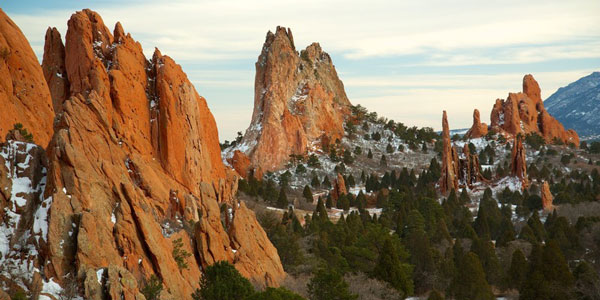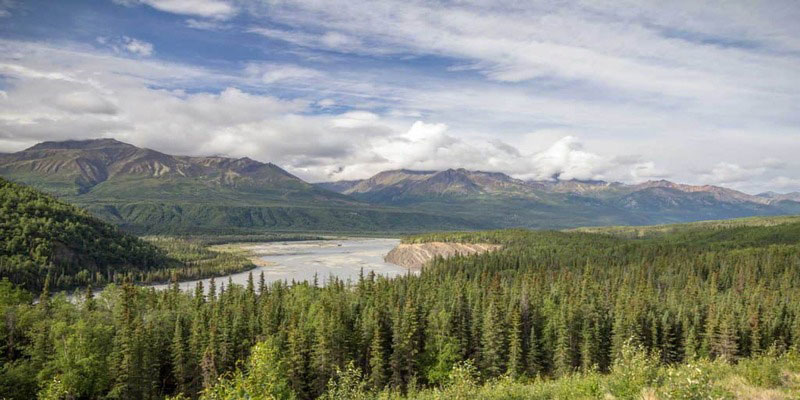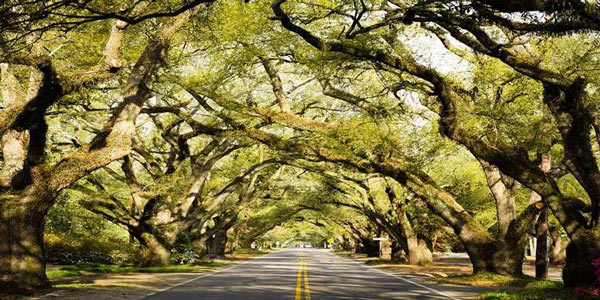Despite numerous studies and investigations, the purpose and meaning of Stonehenge remain a mystery. Here are some interesting facts about Stonehenge that will help you understand this ancient monument better.
The Origin of the Stones
One of the most intriguing facts about Stonehenge is the origin of the stones. The stones used to build the monument are thought to have come from as far away as 150 miles. The bluestones, which make up the inner circle of the monument, are believed to have come from the Preseli Hills in Wales. The sarsen stones, which make up the outer circle, are believed to have come from the Marlborough Downs, about 20 miles north of the monument. The transportation of these massive stones is a mystery, as it is thought that they were moved using only primitive tools.
The Purpose of the Monument
Another mystery surrounding Stonehenge is its purpose. Many theories have been put forward to explain the monument's purpose, including that it was used as a religious temple, an astronomical observatory, or a place of healing. The most recent theory suggests that it was a place of burials, as excavations in 2008 revealed that Stonehenge was built on top of a cemetery where cremated remains were buried.
The Construction of the Monument
The construction of Stonehenge is another mystery that has puzzled experts for centuries. The stones were erected in several phases, with the first phase dating back to around 3100 BC. The bluestones were erected in a circular formation, and it is thought that they were moved and rearranged several times. The sarsen stones were erected in a horseshoe shape around the bluestones, and it is thought that they were put in place around 2100 BC. The lintel stones, which sit on top of the sarsen stones, were put in place around 2000 BC.
The Alignment of the Stones
Another interesting fact about Stonehenge is the alignment of the stones. The monument is aligned with the midsummer solstice sunset and the midwinter solstice sunrise. This alignment suggests that the monument had astronomical significance, and it has led experts to believe that it was used as an observatory for marking the passage of time.
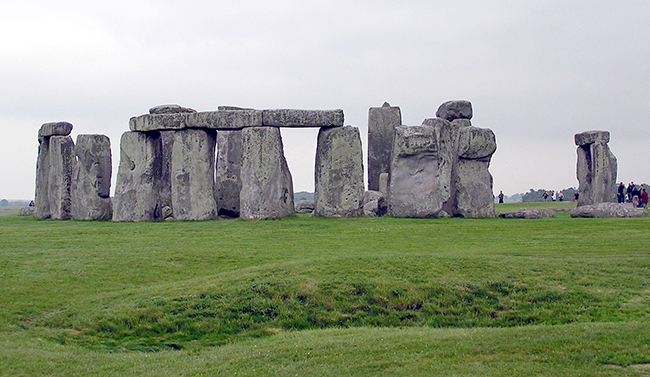
The Heel Stone
The heel stone is a large standing stone located outside the main circle of Stonehenge. It is thought to have been used as a marker for the solstices, as the sun rises directly over the stone on the summer solstice. The heel stone is also thought to have had a religious significance and may have been used as a marker for rituals and ceremonies.
The Significance of the Number of Stones
There are 30 upright stones at Stonehenge, which is thought to have significant meaning. The number 30 is considered sacred in prehistoric times and may have been used to represent the lunar month, which has approximately 30 days. The number 30 may also have been used to represent the number of days in a lunar month.
The Connection to the Druids
One of the most popular misconceptions about Stonehenge is that the Druids, a group of ancient Celtic priests, built it. However, the Druids only existed in England for several centuries after the construction of Stonehenge. The Druids were first recorded by the Romans in the 1st century AD, long after the monument's construction.
The Connection to the Megaliths
Stonehenge is a megalithic monument, which means that it is made up of large stones. Megalithic monuments are found worldwide, and they are thought to have been built by ancient cultures for various purposes. Stonehenge is one of the most well-known megalithic monuments and is thought to have been influenced by other megalithic monuments in Europe.
The Modern Restoration
In the 20th century, Stonehenge underwent a significant restoration project. The project was undertaken to repair damage caused by centuries of weathering and to stabilize the monument. The restoration work included the reconstruction of fallen stones and the replacement of missing lintels. The restoration work has helped to preserve the monument for future generations, but it has also been criticized for altering the original appearance of the monument.
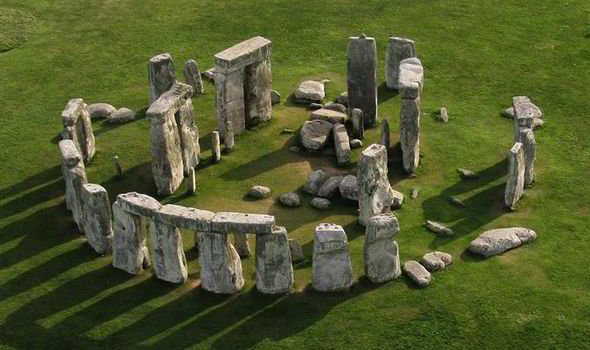
The Protection and Preservation of Stonehenge
Today, Stonehenge is protected as a UNESCO World Heritage Site and is managed by English Heritage. The organization is responsible for the protection and preservation of the monument, and it has implemented several measures to ensure that the monument is protected from damage.
Conclusion
Stonehenge is a mysterious and fascinating prehistoric monument that has captivated people for centuries. Despite numerous studies and investigations, the purpose and meaning of the monument remain a mystery. The stones' origin, the monument's purpose, construction, alignment, and connection to the Druids and megaliths are all intriguing facts that help us better understand this ancient monument. The modern restoration and the protection and preservation efforts of the monument are also important to consider, as they help us to learn more about this ancient site and to ensure that it is protected for future generations to appreciate and enjoy.

